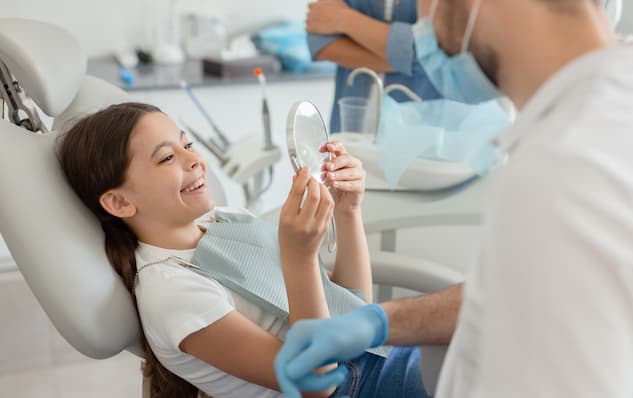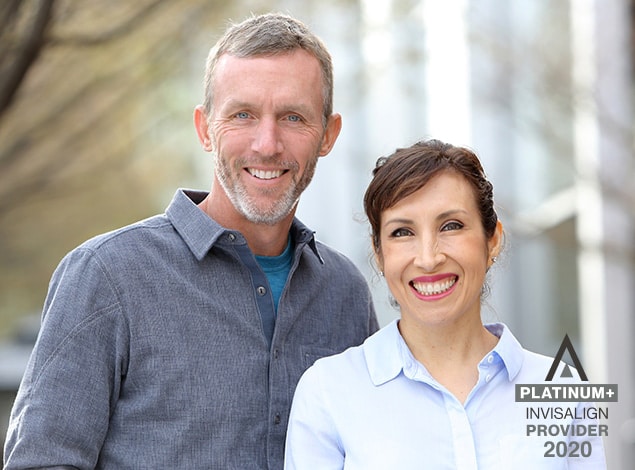Common Orthodontic Problems


One of the most common orthodontic problems we see is when a person’s teeth or jaws don’t line up properly and they may need orthodontic treatment. These orthodontic issues, known as malocclusions, can lead to difficulties in speaking and eating, as well as an increased risk of damage to the teeth and jaw joints if they are not corrected.
Patients in Gresham and Sandy, Oregon, can turn to Harmony Orthodontics for the treatment of a wide range of common orthodontic problems. Your dental issues will be addressed thoroughly so that you can achieve a smile that is not just straighter but also healthier, more practical, and more aesthetically pleasing.
The following are examples of some of the most frequent issues we encounter in orthodontics:

Spacing

Gaps, or spaces between teeth, is another common orthodontics problem. These can appear at any place in the oral cavity. Numerous factors might lead to gaps between the teeth. Some might be hereditary, like when a patient’s jawbone is too small for their teeth. It’s also possible that the adjoining teeth grew overly long because one was absent or too short. Sometimes, activities like thumb or finger sucking or tongue thrusting (in which the tongue pushes forward against the teeth) can produce gaps between teeth.
Open Bite

An open bite occurs when the upper and lower teeth don’t meet when the jaw is closed and is a common orthodontic problem. Although jaw issues can cause an open bite, patient conduct is more often to blame. When a person has an open bite, it’s usually because of bad habits like thumb sucking, finger sucking, tongue pushing, or chewing on pencil tips.
Deep Bite

When the upper and lower anterior teeth overlap too far vertically, this is known as a deep bite. As a result, the gums may become inflamed or recede, the teeth may wear down prematurely, and the lower teeth may bite against the palate.
Excessive Overjet

Excessive horizontal overlap between the upper and lower front teeth, known as protrusion, can be the result of either a retruded lower jaw or a protruded upper jaw. This disease of the jaw and teeth may be hereditary or the result of an accident involving a blow to the face or mouth. Abnormal tooth wear and TMJ problems can result from teeth that protrude too far.
Crossbite

If your upper teeth bite into your lower teeth instead of biting outwards, you have a crossbite. This is one of many common orthodontics problems that occurs when the upper and lower jaws are not properly aligned. If the youngster is still developing, a palatal expander, an orthodontic appliance, can enlarge the upper jaw.
Overbite

With all of the common orthodontics problems, an overbite is a prevalent issue. When the higher front teeth overlap the lower ones, this is called an overbite. Often this will result in the lower front teeth biting the palate. When an overbite becomes serious enough, it can hinder chewing—the use of braces best addresses this condition during the adolescent years. Nonetheless, braces for adults are also an option for fixing the issue.
Underbite

Underbite, often known as prognathism in the medical community, is a malocclusion or “poor bite” in which the lower teeth overlap the upper teeth. Underbites range from mild, where the upper and lower rows of teeth barely touch, to severe, where they don’t touch at all.
It’s a social problem that many people would like to see resolved permanently because it can create the impression that you’re expressing an emotion you aren’t intending. Most cases of underbite can be traced back to a misalignment of the bottom jaw, which is often present from birth.
Get in Touch With Us Today to See What Makes Harmony Orthodontics Stand Out!

Common orthodontic problems are capable of being fixed with orthodontics treatment. If you or your child is experiencing any of these problems in the mouth, don’t hesitate to call our office and set up a free consultation. We’re happy to provide our services to the people of Gresham and Sandy, Oregon. We hope to serve you soon!
